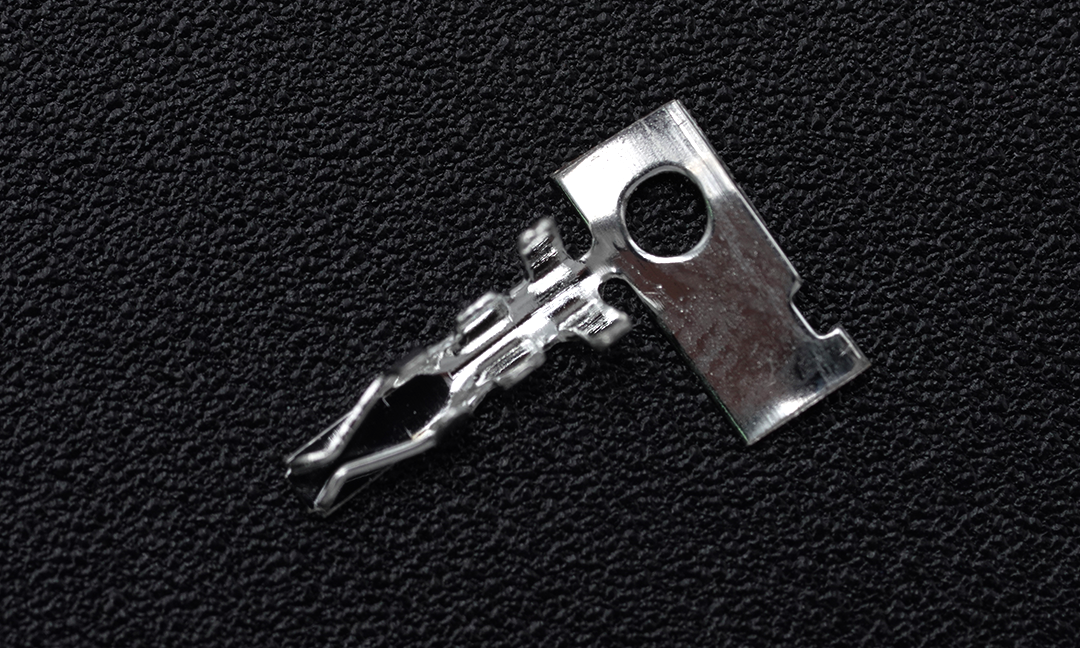Terminal accuracy is a key factor determining the stability of signal transmission in connectors, mainly including three major factors: dimensional accuracy, shape accuracy, and position accuracy.
(1) Dimensional accuracy. Dimensional accuracy refers to the degree to which the actual size of a terminal is close to the ideal size, commonly represented by dimensional tolerance. The larger the tolerance number, the lower the dimensional accuracy. The smaller the tolerance, the higher the dimensional accuracy.
(2) Shape accuracy. Shape accuracy refers to the degree to which the actual shape of the terminal is close to the ideal shape. Shape tolerance includes six types: straightness, flatness, roundness, cylindricity, line profile, and surface profile.
(3) Position tolerance. Position tolerance refers to the degree to which the actual position wall between the surface, axis, or symmetrical plane of a terminal is close to the ideal position interference. Terminal position tolerance includes eight types: parallelism, verticality, inclination, coaxiality, symmetry, positional tolerance, circular runout, and full runout.
Terminal accuracy is directly affected by three aspects: mold size accuracy, mold alignment accuracy, and punch equipment accuracy. Therefore, it is necessary for manufacturers to have reliable production process level and quality management capabilities. As a leading global manufacturer of critical connectors, TXGA has been providing reliable, professional, and stable connector products to the industry for over a decade. Realize various personalized needs of customers. Terminal required, enter TXGA [Product Center].
